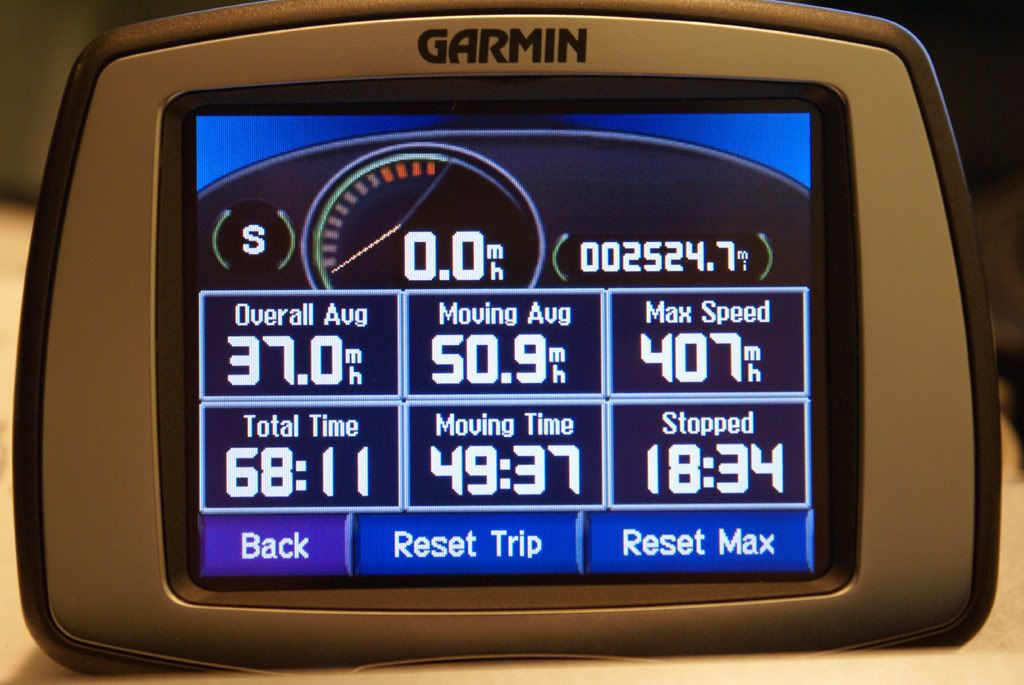- Joined
- Mar 12, 2006
- Messages
- 2,608
- Car
- Mini Cooper S, BMW M140i
Here's a photo of my sat nav. Check out the maximum speed.. 

Them Golfs shift a bit you know...
Cheers,
Gaz.

Them Golfs shift a bit you know...
Cheers,
Gaz.
